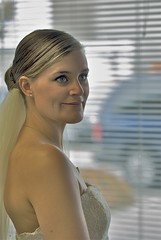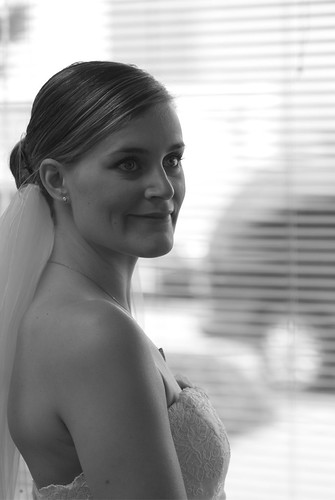Hi Asher,
On location for events, essentially I've "calibrated" my camera's (reflective) meter with a series of incident tests. I put the cameras on "spot" or as close as I can and place whatever is important in the scene where I want it in relation to where I know the camera's meter will place tones.
For example, if I know I have to hold detail in the bride's (white) dress, I can set the spot meter in my D3 to just about +1.75 stops, which will render just about RGB 242/242/242 (if, of course, the dress is truly white) in my RAW processing. Then, until the light changes or my subject changes, I don't need to meter again.
This is very quick and painless. I don't have to stop my workflow to take multiple meter readings or make anyone hold anything (other than a bouquet

)
When I'm doing studio work, and have more time, I'll use an incident meter almost exclusively. In general, all I need to know is the exposure for the (particular) light falling on the subject, not what it reflects back to me. At this point I'm ignoring what the camera says

The only time I'll use an external reflective spot is with a subject I can't frame effectively to meter with the dSLR's spot and where the light falling on the subject is inaccessible to me (and so I can't use an incident meter).





